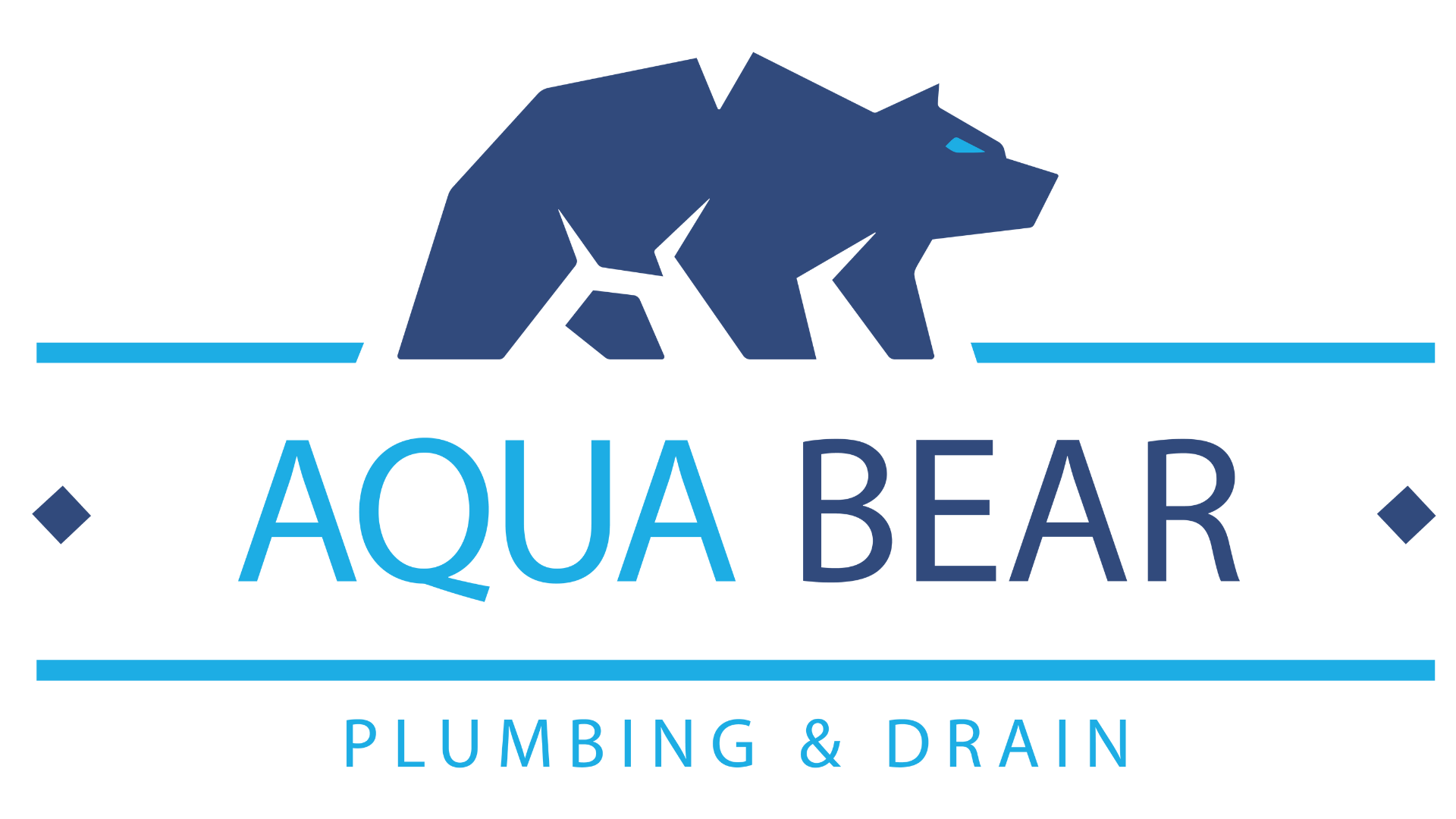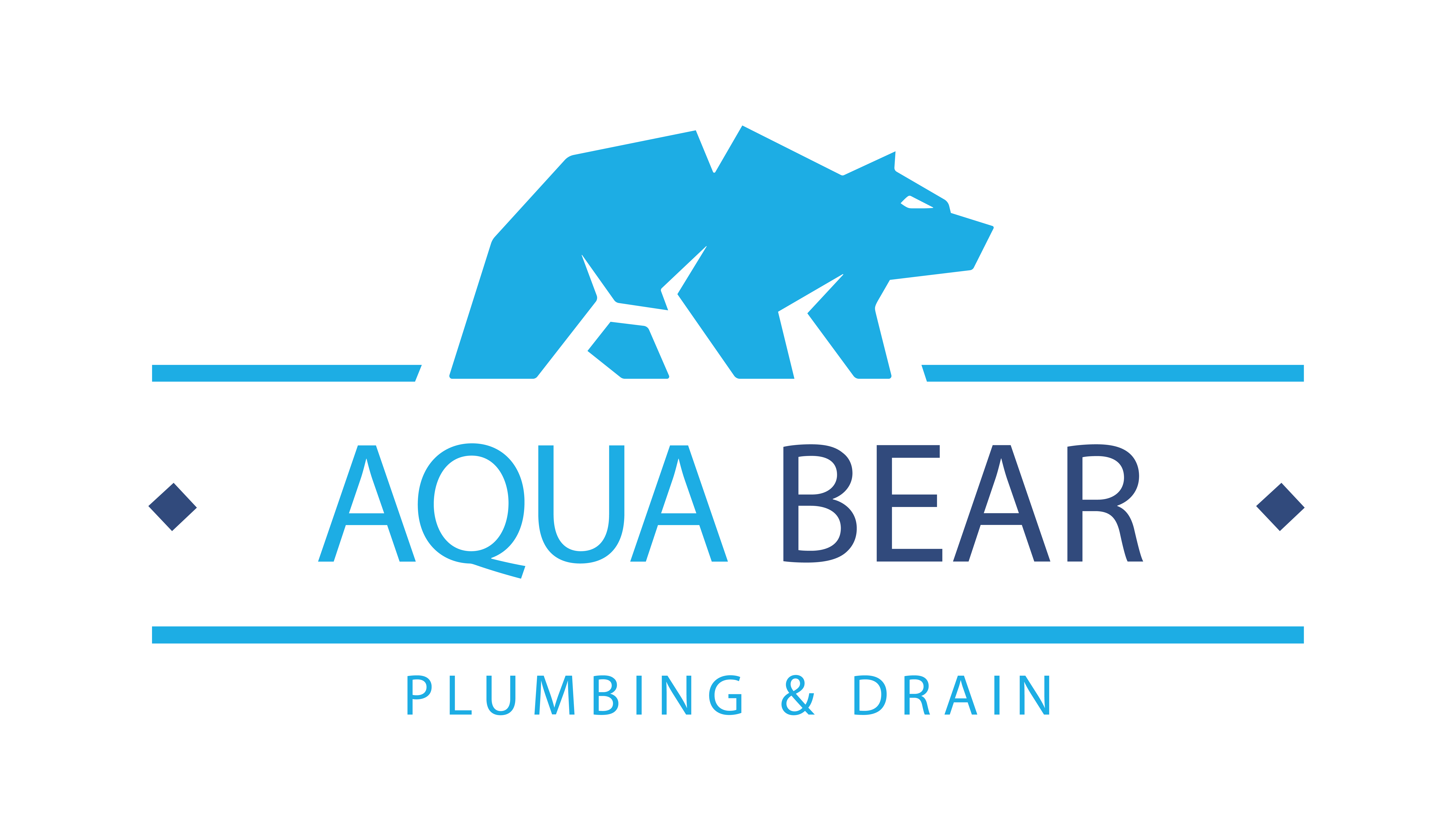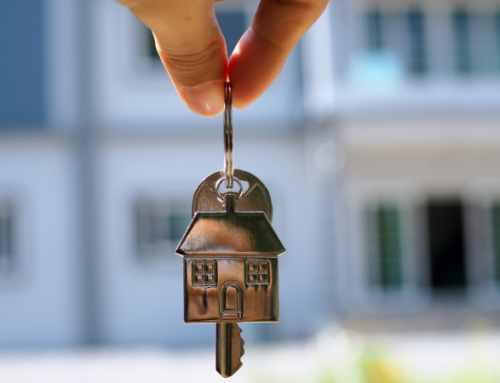Every home and business is equipped with a complex network of pipes, fixtures, and water-using appliances known as the plumbing system. These components work in unison to supply clean fresh water to the structures while simultaneously removing solid and liquid waste material. The pipes that deliver the water are referred to as water supply lines whereas the waste removal system is called the drainage system.
Both water supply lines and drainage pipes can become clogged causing problems that range from bothersome all the way to serious threats affecting the integrity of the structure and the health of its inhabitants and can potentially disable the plumbing system altogether.
In this article, we will examine the various types of clogs one can experience and learn the causes of these blockages. Clogged pipes announce their arrival through specific signs and becoming aware of them will allow property owners to quickly assess and remedy these blockages. We will discuss all of the possible cures for clogged pipes, the risks they pose to one’s property and health, and steps that can be taken to prevent a pipe clog from occurring in the first place.
Types Of Pipe Clogs
As previously mentioned, there are two types of pipes at work within the plumbing system. There are pipes that supply water and pipes that remove waste. All of these pipes can experience clogs due to general wear and tear, chemical processes, environmental issues, or poor disposal habits and can result in two different types of clogs.
Some clogs are confined to a single fixture and hence are considered less threatening. A clogged shower head or an individual sink drain are good examples of a single fixture clog.
Systemic clogs, however, are far more serious as they compromise the entire plumbing system with the potential for creating serious consequences. A blocked sewer line would prevent the removal of waste material throughout the property creating havoc and the potential shutdown of the building until repairs could be made.
Common Causes Of Clogs
Water supply lines carry clean water from the city water supply and therefore one would conclude that these pipes do not suffer clogs but that would be incorrect. Across the US the large majority of homes and businesses are supplied with water that is high in mineral content. This water, known as hard water, can leave behind mineral deposits of calcium and magnesium which build up on the interior lining of pipes narrowing the opening through which water flows.
Adding to this narrowing is a process known as oxidation. Oxidation occurs when the iron in metal pipes is exposed to oxygen and water creating a chemical reaction that leads to the production of rust. Aseust multiplies it leaves behind an uneven surface that catches small particles and debris closing off the opening of the pipe’s interior even further. Over time this narrowing creates the perfect conditions for clogs to form slowing down or even stopping the flow of water.
The drainage system is more prone to clogging issues as the substances being disposed of can create serious problems. It is surprising how little is known by the general public about the ill effects of improper waste disposal and how improving disposal habits can save the plumbing system
In the kitchen sink drain, any type of grease, fats, or oils are prohibited from entering the drain. As these substances come to room temperature they move from a more liquid state into a sticky residue that lines the interior of the drain pipe. As other food waste is disposed of this coating acts as a magnet attracting food bits until a solid mass forms and clogs the drain.
Other substances that are banned from kitchen drains are foods high in starch content such as potato peels, rice, and pasta. When this kitchen waste combines with water it expands and congeals to form a blockage.
Egg shells, coffee grinds, hard-shelled items and bones, and fibrous foods are popular waste products that are known to create blockages in drain pipes and should be disposed of in the trash and not be permitted into the kitchen sink drain.
Similar to the kitchen, bathroom drains are also susceptible to oily products that can clog the drain. Bath soaps, crystals, and hair products combine with hair follicles to form clogs that can keep wastewater from exiting the bathroom.
Probably the worst problems arise from flushing inappropriate items down the toilet. Here is a list of the most commonly flushed items that lead to clogged pipes:
-Diapers
-Dental floss
-Feminine hygiene products
-’Flushable’ wet wipes
-Kitty litter
-Paper towels
-Small children’s toys
Education is the key to eliminating poor disposal habits. Nothing but toilet paper and human waste should ever be disposed of in the toilet.
Drain pipes are not immune to the effects of corrosion and are oftentimes severely affected when the plumbing systems are infrequently used or aging. Older plumbing is invariably rift with cracks and loose joints which allow dirt and debris to enter along with thirsty tree roots. Tree root invasion is a frequent problem in sewer lines and can put drainage systems entirely out of business by completely clogging the sewer line.
A final cause of pipe clogs is related to the environment. When long periods of rainfall fill the public sewer system, the waste disposal process is stopped as there is no place for the waste to exit homes and businesses. This can cause sewage backups allowing solid waste to be pushed out into sinks and tubs and create clogs.
Signs Of A Clogged Drain
Since plumbing pipes are out of view the clogs they experience are also invisible so knowing the signs of a clogged plumbing pipe is invaluable. Here are the most common signs your pipes are clogged:
-Low (or no) water pressure: A blockage will interrupt the flow of water causing decreased water pressure.
-Gurgling noises: can be from a blocked vent but also from a clogged drain pipe.
-Foul smells: Food trapped in the drain will begin decomposing or from stagnant water sitting in the drain. It can also come from a blocked sewer line.
If these signs are present a clogged pipe should be considered and an experienced and licensed plumber contacted.
Preventing Drain Clogs
Prevention is the key to avoiding pipe clogs. Enrolling in a preventative maintenance plan is a wise choice as minor issues can be promptly addressed, especially those related to pipe clogs. Additionally, plumbing pipe inspections using video cameras can be used to locate issues and gain an understanding of the overall condition of the plumbing system.
Property owners can take some responsibility and proactively participate in protecting their drain pipes. Installing strainers on bathroom sink drains to catch hair follicles is important as is eliminating oily bath products and improving their understanding of proper disposal methods. Conscientiousness in the kitchen will also go a long way toward prevention.
Methods For Dealing With Clogged Pipes
There is a hierarchy of methods used to clear pipe clogs beginning with homemade cleaners. It is usually recommended to rinse drains with a combination of vinegar and baking soda to keep drains free-flowing. If a clog does form there are several types of drain cleaners on the market.
Enzymes: These contain bacteria cultures that feed on the clog material. As it is digested the clog material is slowly eliminated. This cleaner is safe on pipes.
Oxidizers: These contain sodium hypochlorite (bleach), nitrates, and peroxides which are effective on dissolving clogs but are hard on pipes.
Caustic: This type of drain cleaner produces a chemical reaction that produces heat. This heat is helpful in converting solidified grease into a soap-like substance that is easier to clear.
Acid: This type of cleaner is dangerous and is used only by professionals and is extremely damaging to plumbing pipes so is used infrequently.
Beyond plunging and the use of drain cleaners, other methods for dealing with clogged pipes are using a plumbing auger or snake to break up clogs. Some plumbers will offer hydrojetting services to clear clogs and the use of video camera equipment is becoming more popular.
Severe clogs may require having the clogged pipe replaced, especially if the clogs are reoccurring.
Risks Of A Drain Clog
It is important to deal with a clogged drain immediately since the resulting risks can be serious. Pipe clogs can create stagnating water which is water that is trapped in a pipe and does not move. Stagnating water is the ideal breeding ground for bacteria and microorganism growth that can lead to diseases, infections, respiratory issues, gastrointestinal problems, and more.
Stagnant water also attracts unwelcome visitors looking for food and water supplies. Rodent infestation is common as are intrusions of cockroaches.
A clogged drain can lead to flooding. A clogged pipe stops the flow of water causing pressure to build behind the clog. If relief is not found, the increased pressure can cause the pipe to burst saturating the property and its belongings.
Low water pressure can be caused by clogged pipes. This situation is more of a nuisance but is worth mentioning as a risk factor.
Have A Pipe Clog In North County?
A clogged plumbing pipe can be caused by many factors and can create unpleasant or even destructive consequences. There are preventative measures that can be taken but clogged pipes are an issue most home and business owners will have to confront.
Relying on the skills and experience of a licensed plumber can help address issues as can education about proper disposal habits. The risks from ignoring a clog or for clogs that inadvertently go undetected are not desirable so it is in everyone’s interest to remain diligent and keep an eye out for the early signs of a pipe clog.
Pipe clogs may never be fully eliminated but with education, care, and consistent observation they can be lessened so that homes and businesses can remain safe, comfortable, and operational.
Contact our plumbing professionals today to schedule an appointment!






